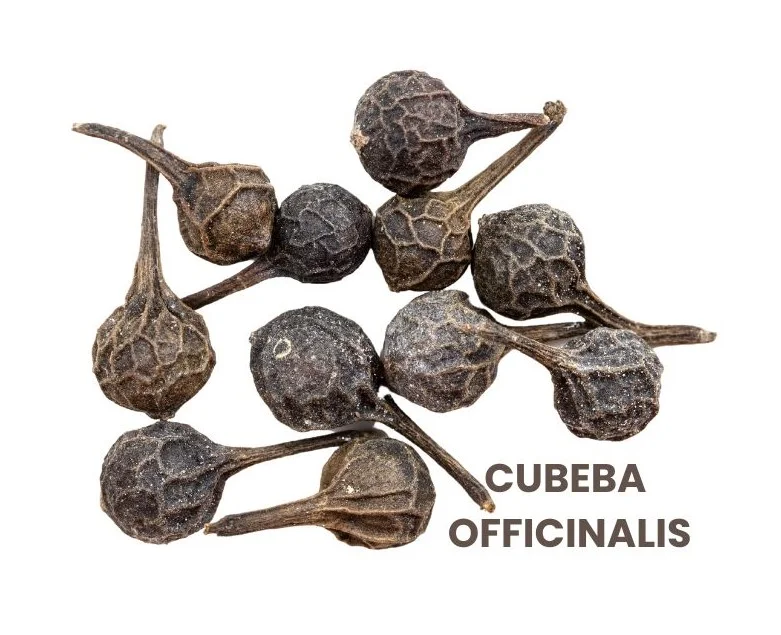
CUBEBA OFFICINALIS
Cubeba Officinalis, commonly known as Cubebs, is a medicinal plant used in homeopathy to address various conditions affecting the mucous membranes, especially those of the urinary tract.
CUBEBA OFFICINALIS Read Post »

Cubeba Officinalis, commonly known as Cubebs, is a medicinal plant used in homeopathy to address various conditions affecting the mucous membranes, especially those of the urinary tract.
CUBEBA OFFICINALIS Read Post »
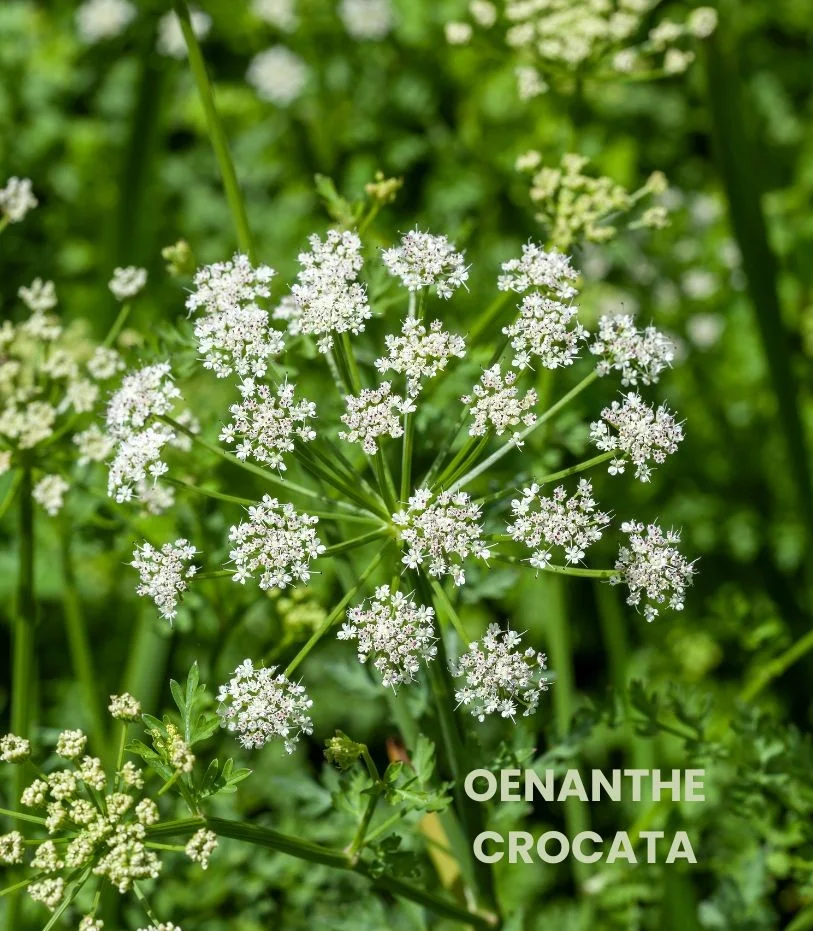
Oenanthe crocata is primarily known for its action on the nervous system, particularly causing epileptiform convulsions.
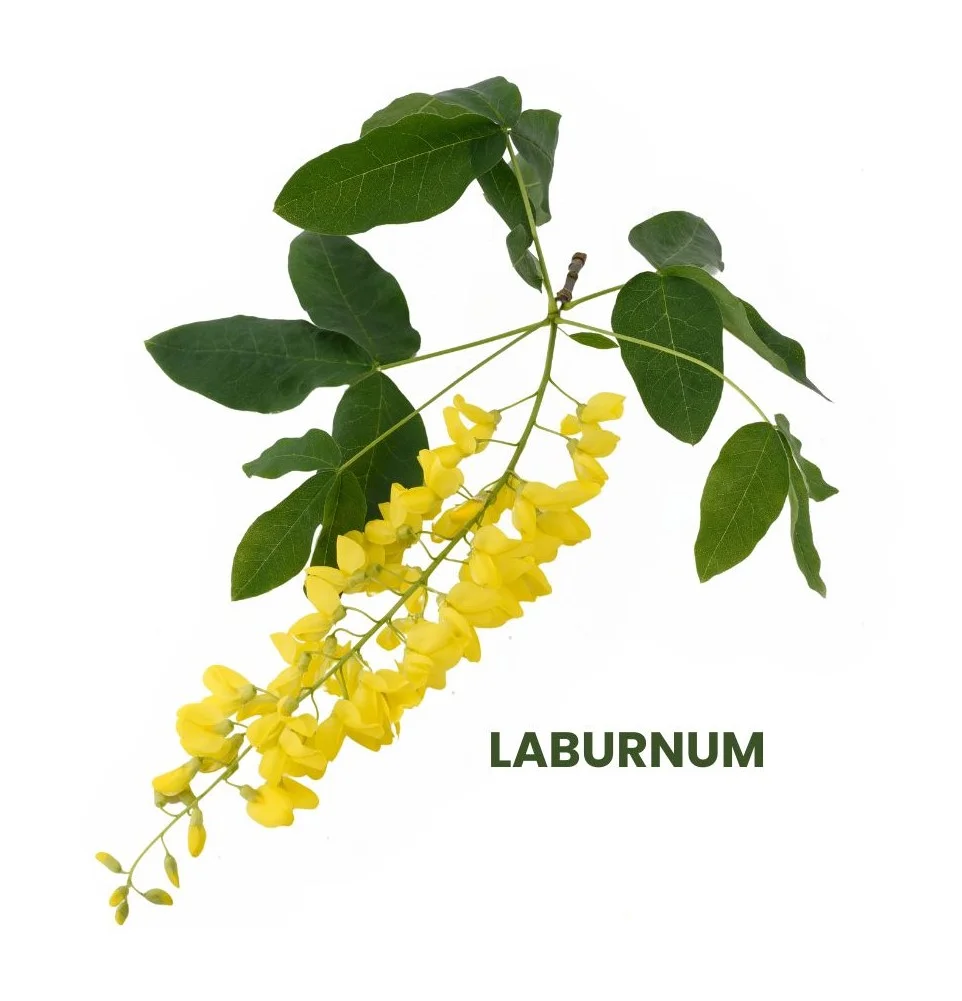
Laburnum, commonly known as Golden Chain or Laburnum, is a genus of flowering plants belonging to the Fabaceae family.
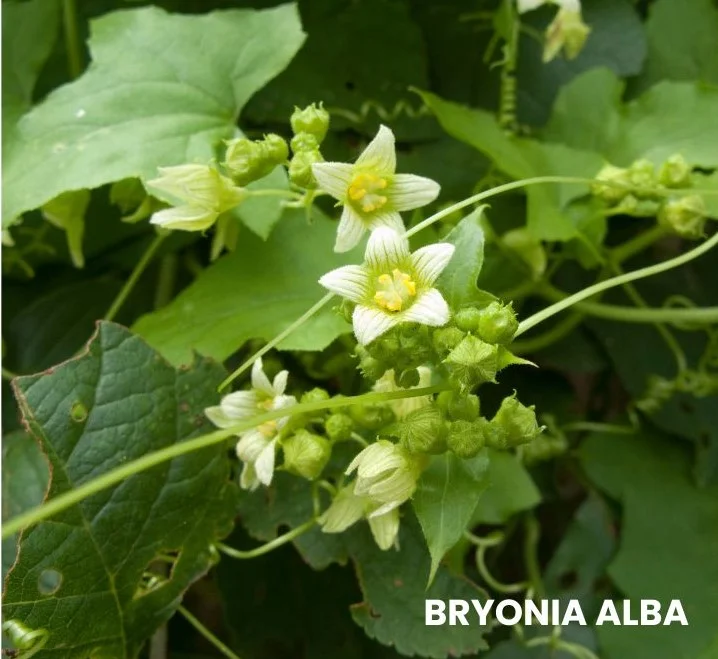
Bryonia alba, commonly known as White Bryony or Wild Hop, holds a significant position in homeopathy, particularly for treating acute ailments.Samuel Hahnemann, the founder of homeopathy, conducted one of the earliest proving of Bryonia.

Zincum metallicum is a homeopathic remedy derived from the mineral zinc. It is used to treat a variety of neurological and nervous system disorders.

Veratrum album, commonly known as White hellebore, has been recognized for centuries as a potent remedy for collapse and pain. Hahnemann’s proving confirmed its efficacy by observing its effects on healthy individuals.
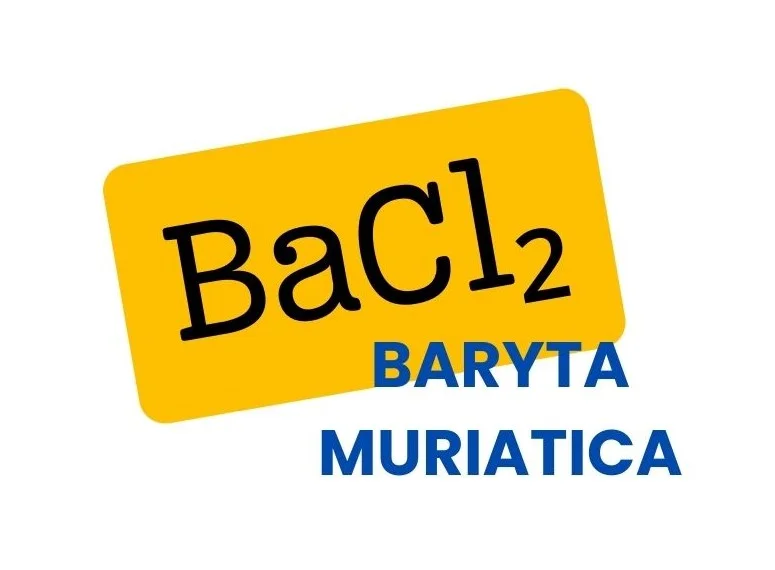
Baryta Muriatica shares similarities with other Barium salts, It is considered a deep-acting constitutional antipsoric medicine, indicating its profound effects on the body’s overall health and vitality.

Baryta acetica, derived from the compound acetate of barium, is a homeopathic remedy known for its effects on the nervous system and aging-related symptoms.
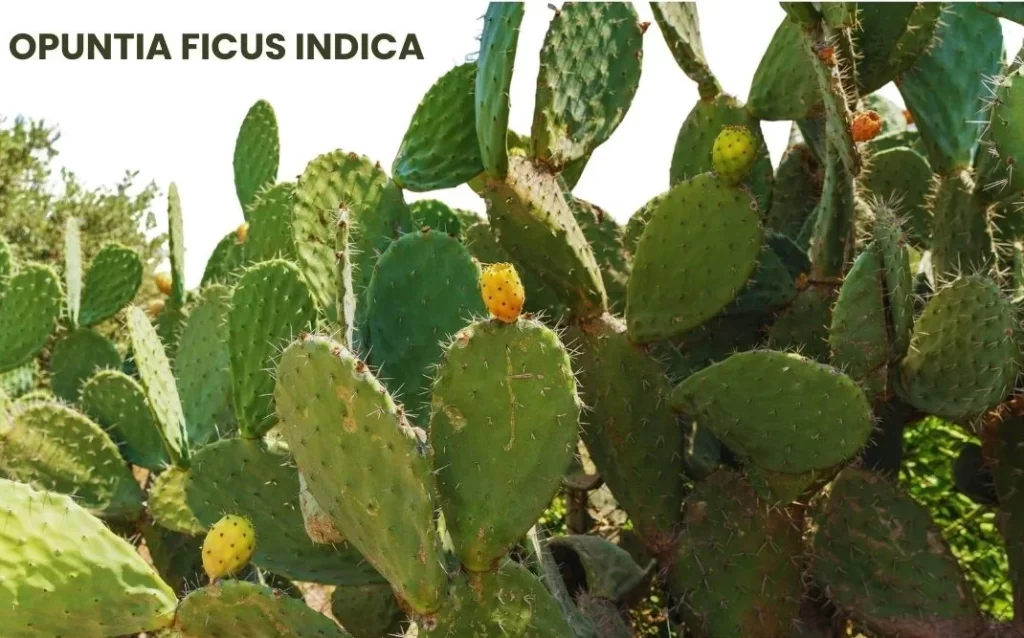
Opuntia Ficus-Indica, commonly known as Prickly Pear, is a homeopathic remedy derived from the fruit of the Opuntia Ficus-Indica Cactus.
OPUNTIA FICUS INDICA Read Post »
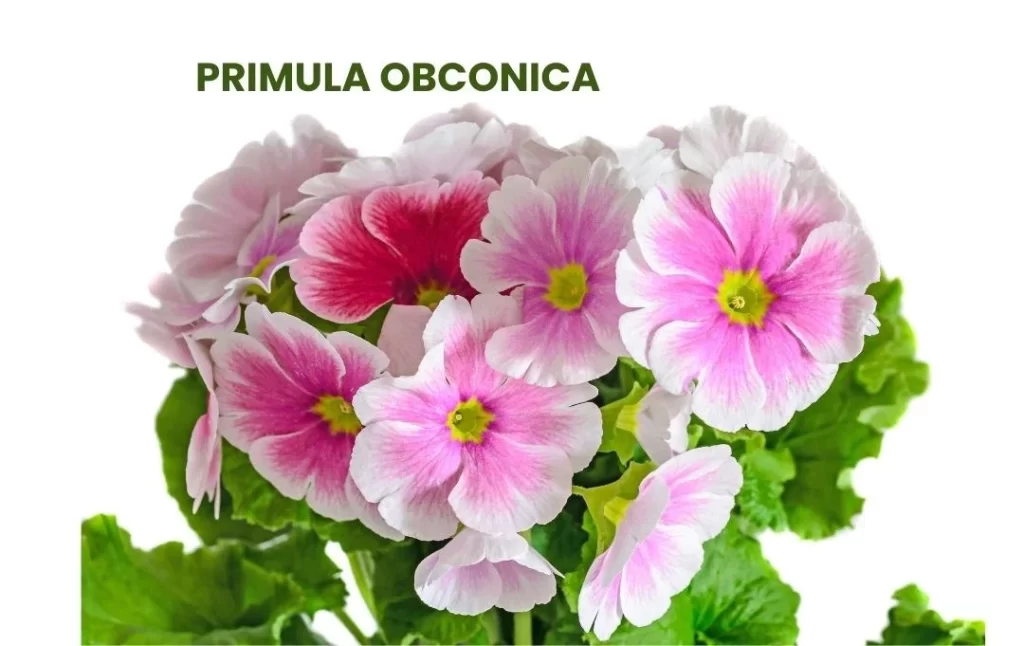
Primula Obconica is a homeopathic remedy derived from the Primrose plant. It is used to treat various conditions, primarily those involving skin eruptions, rheumatic pains, and liver and spleen affections.
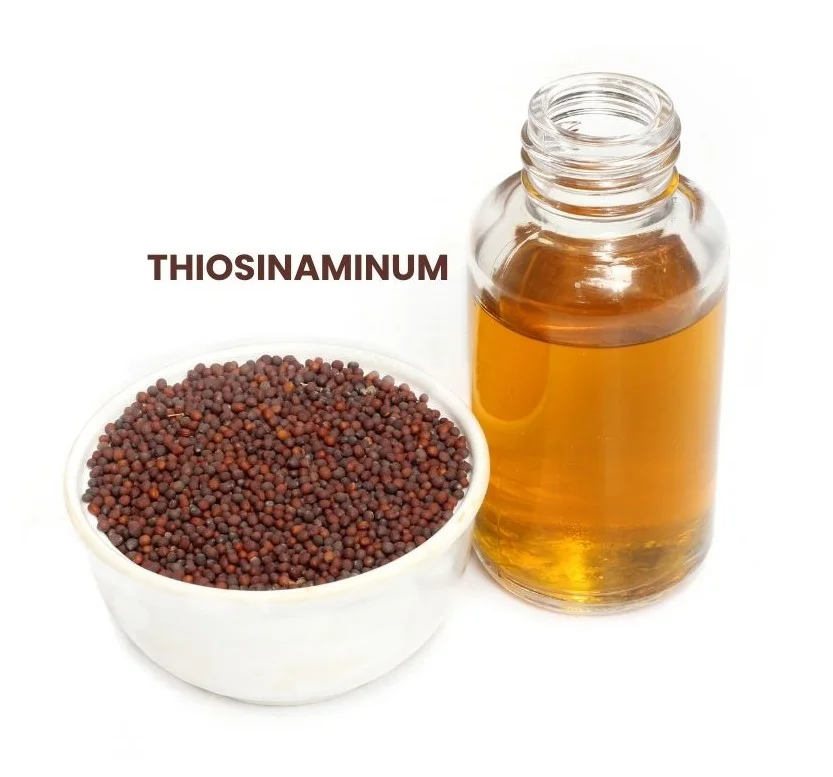
Thiosinaminum is used in homeopathy for its solvent properties, both externally and internally, which are believed to dissolve scar tissue, tumors, enlarged glands, and various other conditions.
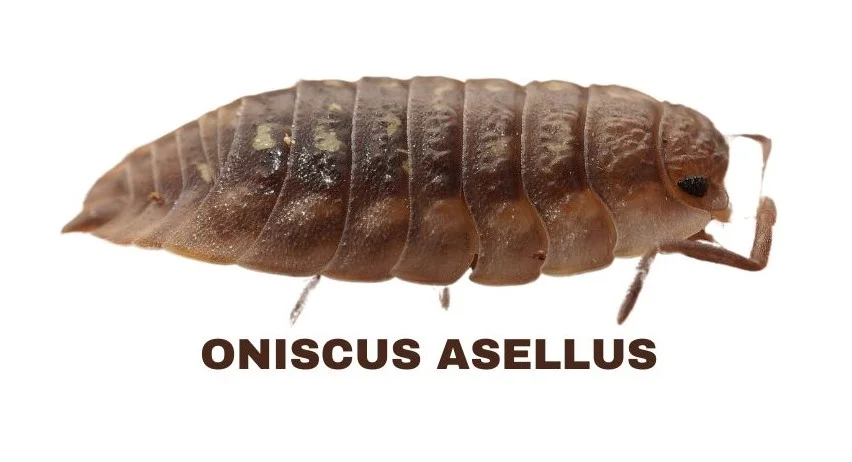
Oniscus asellus, commonly known as Wood-louse or Millipedes, is a species of crustacean belonging to the order Isopoda.
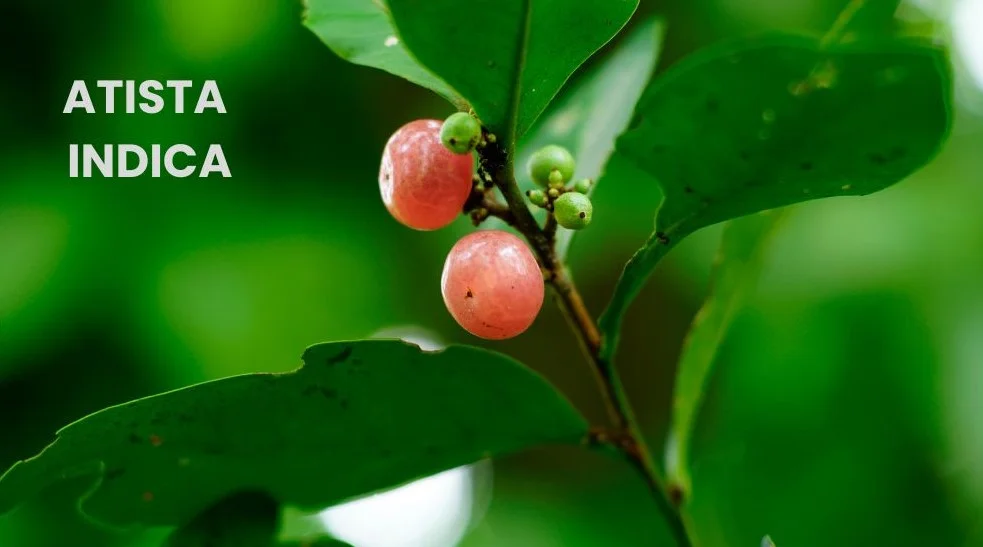
Atista indica, also known as Glycosmis pentaphylla or Ash-sheora, is a medicinal plant belonging to the Rutaceae family.It has been traditionally used in various healthcare systems for its therapeutic properties.
ATISTA INDICA/GLYCOSMIS PENTAPHYLLA Read Post »
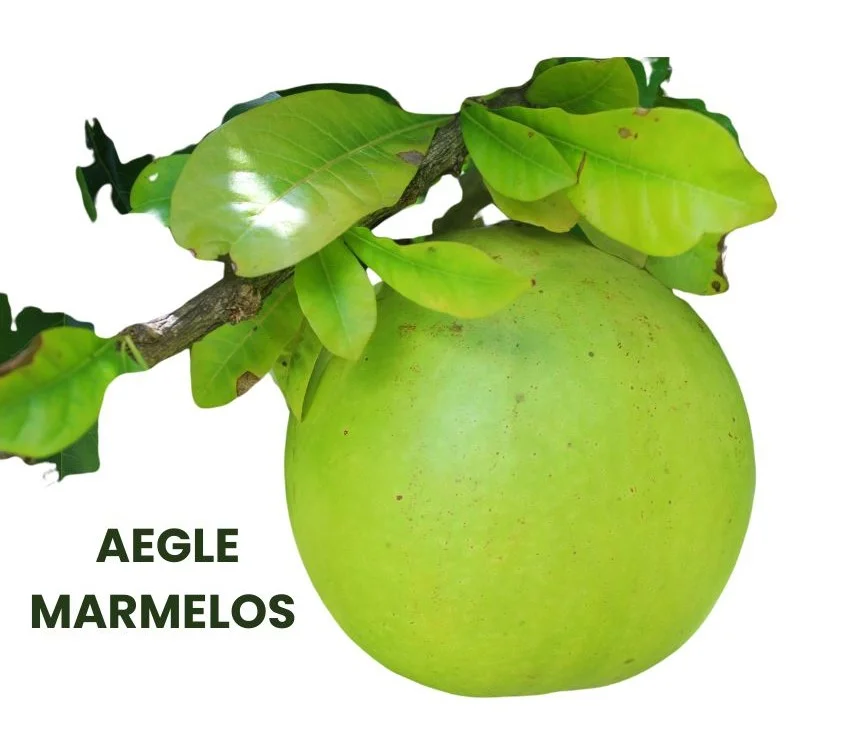
Aegle marmelos, commonly known as Bel fruit, and Aegle folia, known as Bel leaves. Native to the Indian subcontinent, these plants have significant cultural, religious, and medicinal importance.
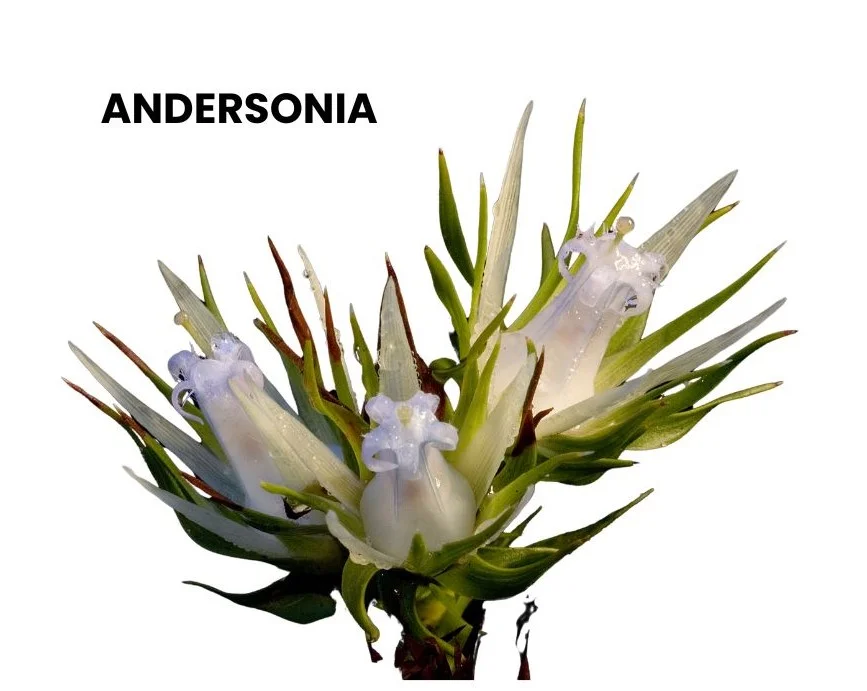
Andersonia or Amoora Rohitaka, commonly known by various names such as Royna, Rohera, Rohido, Harinhara, and Pitaraj, is a plant belonging to the genus Andersonia or Amoora within the family Mediaceae.
ANDERSONIA OR AMOORA ROHITAKA Read Post »